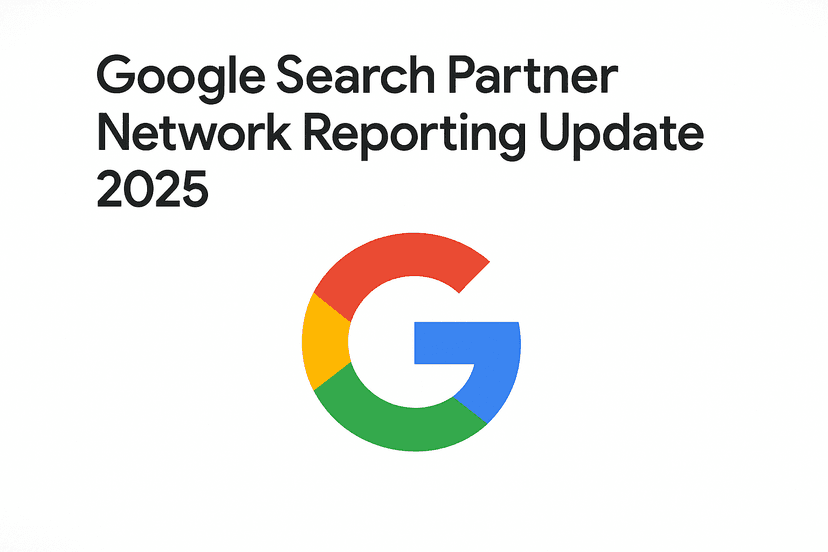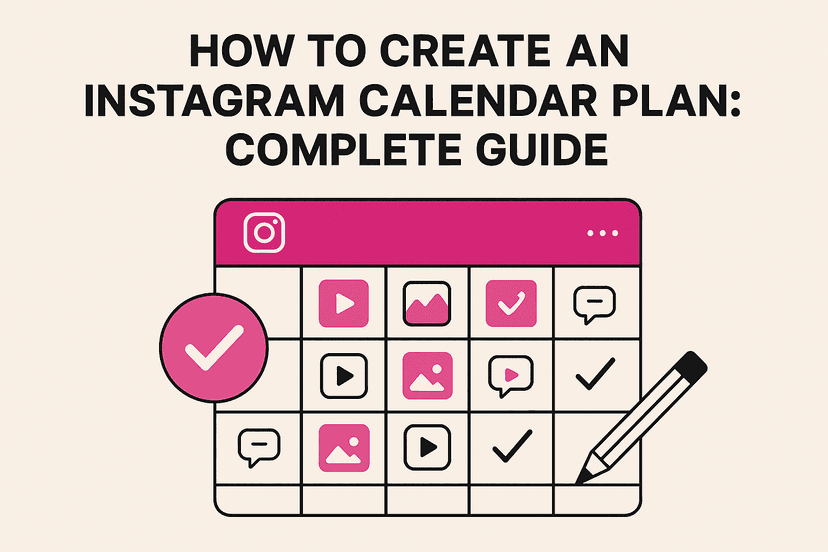Introduction
The internet has long operated on an implicit agreement: websites create content, search engines index it, and users discover it through search. This arrangement has powered the growth of the web for decades. However, with the rise of generative AI technologies that consume vast amounts of web content to train models and generate responses, this relationship is being reevaluated.
Cloudflare, one of the world’s leading content delivery networks and web security providers, has recently introduced a groundbreaking “pay-per-crawl” initiative that has sent ripples through the digital marketing and SEO communities. This new system fundamentally changes how AI systems can access web content, potentially reshaping the economics of content creation and distribution in the digital age.
As website owners and digital marketers navigate this evolving landscape, understanding Cloudflare’s new system becomes crucial for maintaining visibility while protecting content value. This article explores the details of Cloudflare’s initiative, its implications, and what website owners need to know to make informed decisions about their content.
What is Cloudflare’s Pay-Per-Crawl System?
Cloudflare’s pay-per-crawl system represents a significant shift in how websites can control access to their content. At its core, the system introduces a default setting that blocks AI crawlers from accessing websites protected by Cloudflare unless specific permissions are granted or payment arrangements are made.
This initiative addresses a growing concern among content creators and publishers: while their content is being used to train and power AI systems that generate billions in value, the creators themselves often receive no compensation for this use of their intellectual property.
The system gives publishers three distinct options for handling AI crawlers:
- Allow: Grant unrestricted access to content, similar to traditional web crawlers
- Charge: Require payment at a publisher-defined price for content access
- Block: Deny access entirely to specific AI crawlers
By default, new Cloudflare domains will have AI crawlers blocked, requiring website owners to actively change settings if they wish to allow free access. This “opt-out” approach has become one of the most controversial aspects of the initiative.
How the System Works
When an AI crawler attempts to access content on a Cloudflare-protected site, the system first identifies the crawler and checks the site’s access settings. If the crawler is blocked, it receives a “402 Payment Required” HTTP response – a rarely used status code that was included in the original HTTP specification but seldom implemented until now.
For sites that have chosen the “Charge” option, Cloudflare handles the entire payment processing pipeline. Website owners set a flat, sitewide price per request, and Cloudflare manages the billing and revenue distribution. This creates a straightforward monetization mechanism without requiring complex technical implementation by individual site owners.
Cloudflare envisions this creating new possibilities for AI-assisted search. As they explain: “Imagine asking your favorite deep research program to help you synthesize the latest cancer research or a legal brief, or just help you find the best restaurant in Soho — and then giving that agent a budget to spend to acquire the best and most relevant content.”
This vision suggests a future where AI assistants might have the ability to make micropayments on behalf of users to access high-quality, paywalled content when providing responses to complex queries.
The Technical Implementation
Cloudflare’s implementation is built directly into their existing bot management infrastructure, working alongside traditional tools like robots.txt files and Web Application Firewall (WAF) rules. This integration makes it relatively seamless for existing Cloudflare customers to implement.
The system uses sophisticated authentication methods to prevent spoofing or unauthorized access. Authentication is handled using Ed25519 key pairs and HTTP message signatures, ensuring that crawlers cannot falsify their identity to avoid payment or access restrictions.
When an AI crawler wants to access content on a site using the pay-per-crawl system, it must:
- Authenticate using public key cryptography
- Declare its payment intent via custom HTTP headers
- Complete the payment transaction if access is granted
This cryptographic approach to authentication has received praise from security experts, as it addresses longstanding issues with bot identification and management. Ilya Grigorik, Distinguished Engineer and Technical Advisor at Shopify, highlighted that this level of authentication is “much needed” given how difficult it has become to distinguish between legitimate and malicious bots.
Publisher Adoption and Early Partners
Cloudflare has announced that several major publishers have already adopted the pay-per-crawl system during its private beta phase. These early adopters include prestigious names in digital publishing such as:
- Condé Nast
- Time
- The Atlantic
- Associated Press
- BuzzFeed
- Quora
The participation of these major digital players suggests significant industry interest in establishing new economic models for content access in the AI era. These publishers have long sought ways to monetize their content beyond traditional advertising and subscription models, and Cloudflare’s system offers a new approach.
While the current implementation supports only flat pricing across entire domains, Cloudflare has indicated plans to develop more sophisticated pricing models in future iterations. These could potentially include dynamic pricing based on content value or more granular controls allowing different prices for different sections of a website.
The Controversy: Opt-Out vs. Opt-In
Perhaps the most contentious aspect of Cloudflare’s new system is its default setting. By making AI crawler blocking the default rather than requiring site owners to opt in to blocking, the system has sparked debate among SEO professionals and digital marketers.
Duane Forrester, Vice President of Industry Insights at Yext, expressed concern about the potential impact, stating, “This won’t end well.” His concern centers around businesses that may not realize their content is being blocked from AI systems, potentially limiting their visibility in AI-powered search results and answers.
Lily Ray, Vice President of SEO Strategy and Research at Amsive Digital, highlighted the practical implications for SEO professionals, noting that the change would likely trigger urgent conversations with clients who might be unaware that their sites could now be invisible to AI crawlers by default.
This concern is echoed by Ryan Jones, Senior Vice President of SEO at Razorfish, who observed that many of his clients actually want AI crawlers to access their content for visibility purposes. The default blocking setting runs counter to these visibility goals.
The core issue is one of awareness and control. While Cloudflare provides tools to change these settings, many website owners may not be aware of the change or understand its implications for their visibility in AI-powered search results and content aggregation.
Arguments in Favor of Pay-Per-Crawl
Despite the controversy, many in the industry see Cloudflare’s initiative as a necessary correction to an imbalanced economic relationship between content creators and AI companies.
Pedro Dias, a Technical SEO Consultant and former member of Google’s Search Quality team, framed the issue as one of economic fairness: “A force is needed to tilt the balance back to where it once was.” His perspective suggests that the current system disproportionately benefits AI companies at the expense of content creators and publishers.
This view is rooted in a fundamental concern about value extraction. AI companies have been training their models on vast amounts of web content without compensating the creators, then monetizing the resulting AI services. This has created what some see as an unsustainable value chain where those who create the original content receive diminishing returns while those who aggregate and repurpose it capture increasing value.
The pay-per-crawl system attempts to rebalance this relationship by creating a direct economic link between content usage and compensation. By putting a price on content access for commercial AI systems, it forces a reconsideration of the implicit agreement that has governed web content usage.
Additionally, the system’s cryptographic authentication requirements have been praised for addressing the growing challenge of distinguishing between legitimate and malicious bots – a problem that has plagued the web ecosystem for years.
Potential Impact on SEO and Content Visibility
For SEO professionals and website owners, Cloudflare’s initiative introduces new considerations for content strategy and visibility. If a significant portion of websites begin blocking AI crawlers or requiring payment for access, this could create a fragmented information landscape.
AI-powered search and content discovery tools may have access to different sets of information based on payment agreements and crawler settings. This could lead to inconsistent results across different platforms and potentially change how content is discovered and ranked.
Furthermore, as generative AI increasingly becomes integrated into traditional search engines, blocking AI crawlers might impact overall search visibility, not just visibility within standalone AI tools.
Himanshu Sharma, digital analytics consultant and founder of OptimizeSmart, warned about immediate practical implications: “Expect a sharp decline in AI traffic reported by GA4 as Cloudflare blocks almost all known AI crawlers/bots from scraping your website content by default.”
This observation highlights the need for website owners to monitor their analytics carefully following Cloudflare’s implementation and make informed decisions about their crawler access settings based on their specific business goals and content strategy.
Managing Your Cloudflare Settings
Given the potential impact on visibility, website owners using Cloudflare should proactively review and adjust their settings according to their preferred approach to AI crawlers. Here’s how to manage these settings:
- Log in to your Cloudflare dashboard
- Navigate to the Security section
- Select the Bots subsection
- Locate the “Block AI Training Bots” setting
- Use the dropdown menu to change from the default “Block all pages” to “Do not block (off)” if you want to allow AI crawlers access to your content
For website owners who wish to monetize their content through the pay-per-crawl system, additional steps will be required to set up pricing and payment processing. These features are currently available to participants in Cloudflare’s private beta program, with broader availability expected as the system matures.
It’s worth noting that these settings work alongside traditional crawler control mechanisms like robots.txt files. Website owners should ensure consistency across different access control systems to avoid sending mixed signals to crawlers.
The Future of Web Content Access
Cloudflare’s pay-per-crawl initiative may represent the beginning of a broader shift in how web content is accessed and valued. As AI systems become more central to information discovery and consumption, the economics of content creation and distribution are likely to continue evolving.
Several potential future developments merit consideration:
-
Tiered Access Models: Publishers might develop more sophisticated access tiers, offering different levels of content access at different price points.
-
Content Licensing Agreements: Large AI companies might negotiate broad licensing agreements with publisher consortiums rather than paying per request.
-
Content Cooperatives: Smaller publishers might form cooperatives to increase their bargaining power when negotiating with AI companies.
-
Regulatory Intervention: Governments might introduce regulations governing how AI systems can access and use web content, potentially mandating compensation models.
-
Technical Countermeasures: Some AI companies might develop techniques to bypass or work around payment requirements, potentially triggering an arms race between content protectors and content crawlers.
The long-term impact will depend on how widely Cloudflare’s system is adopted, how AI companies respond, and whether similar initiatives emerge from other web infrastructure providers.
Preparing Your Website Strategy
Given the uncertain landscape, website owners should develop flexible strategies that can adapt to evolving content access models. Here are some considerations:
1. Clarify Your Goals
Determine whether your primary objective is maximizing content visibility, monetizing content access, or finding a balance between the two. This will guide your decisions about crawler access settings.
2. Stay Informed
Keep abreast of developments in how AI systems access and use web content. This rapidly evolving area requires ongoing attention and adjustment of strategies.
3. Diversify Distribution Channels
Don’t rely exclusively on AI discovery of your website content. Maintain multiple distribution channels including traditional search, social media, email newsletters, and direct audience relationships.
4. Monitor Analytics Carefully
Pay special attention to changes in traffic patterns, particularly traffic attributed to bots and AI systems. This will help you understand the impact of different access policies.
5. Test Different Approaches
Consider experimenting with different access settings for different sections of your website to determine which approach best serves your specific content and business model.
Balancing Monetization and Visibility
The fundamental tension in Cloudflare’s pay-per-crawl system is between monetization and visibility. Blocking or charging for access may protect content value but could reduce visibility in AI-powered platforms. Conversely, allowing free access maximizes visibility but may sacrifice potential revenue and control over content usage.
For many website owners, the optimal approach will lie somewhere between these extremes. Some content may be strategically valuable to keep freely accessible for maximum distribution, while other premium content might be worth placing behind payment requirements.
News organizations, for example, might keep breaking news freely accessible while charging for in-depth analysis. E-commerce sites might allow free access to product listings while charging for detailed product descriptions and reviews. Educational sites might provide basic information freely while charging for access to comprehensive tutorials and resources.
This nuanced approach requires thoughtful content categorization and clear understanding of which content drives different types of value for your organization.
Conclusion
Cloudflare’s pay-per-crawl initiative represents a significant evolution in how web content may be accessed and valued in the age of generative AI. By creating a mechanism for publishers to monetize AI access to their content, Cloudflare has introduced a new economic model that could reshape relationships between content creators, distributors, and consumers.
For website owners and SEO professionals, this change necessitates careful consideration of crawler access settings and content strategies. The default blocking of AI crawlers on new Cloudflare domains means that proactive management is required to maintain visibility in AI-powered platforms.
As the web continues to evolve, the tension between open access and content monetization will remain a central challenge. Cloudflare’s system offers one approach to addressing this tension, but it will certainly not be the last word in this ongoing conversation.
The most successful website strategies will likely be those that thoughtfully balance visibility with value protection, leveraging the benefits of AI discovery while ensuring that content creators receive fair compensation for their work. As AI becomes an increasingly central part of how people find and consume information online, these considerations will only grow in importance.
In this changing landscape, staying informed and adaptable will be key to navigating the complex intersection of content, technology, and economics that defines the modern web. To further enhance your website’s performance, consider exploring SEO Thailand, Local SEO, and Content Marketing. Additionally, understanding Data Security Compliance can ensure your website remains secure while implementing these strategies.





